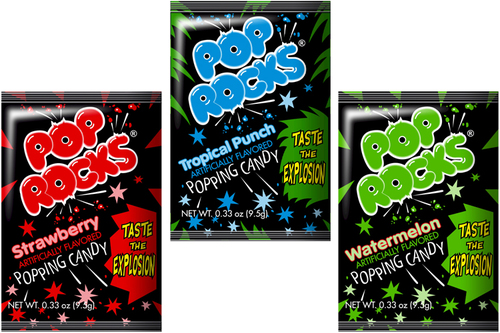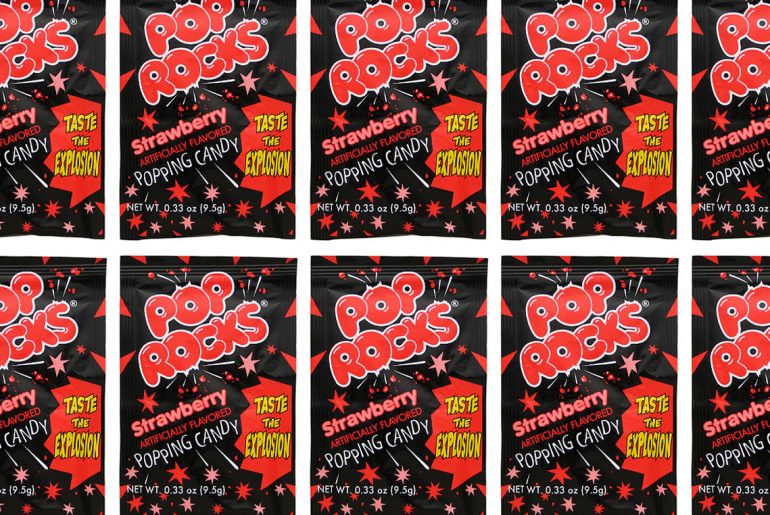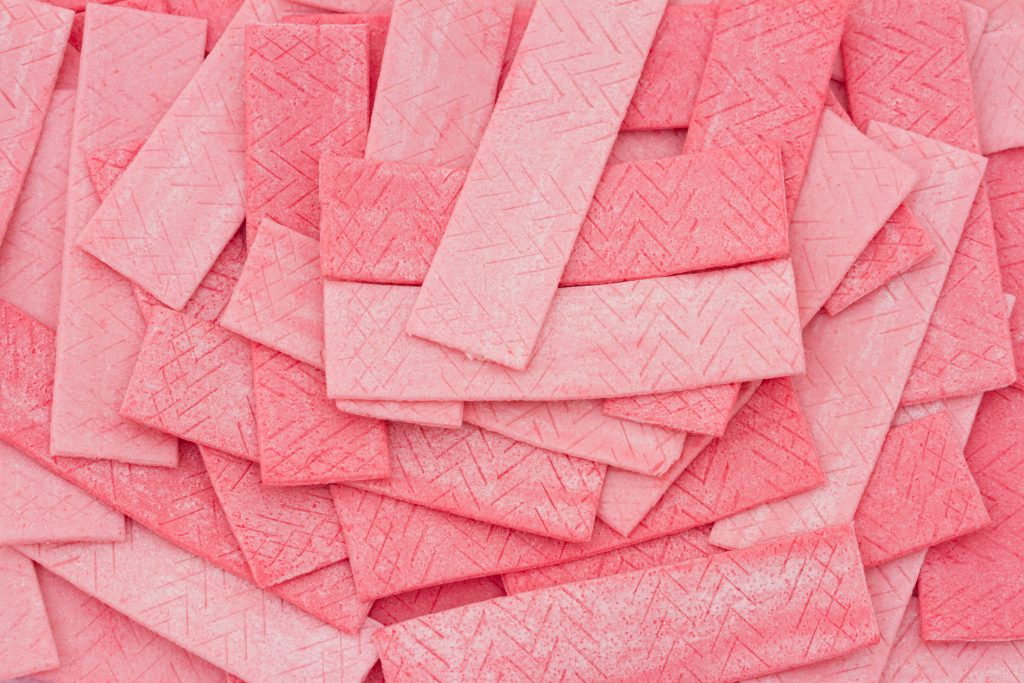It turns out, some of the food urban legends you heard on the playground as a kid are still around today. While some of them ended up to be true (like, the occasional alligator living in a sewer), most are far from it (like, “throwing a penny from a skyscraper will kill someone”).
But in the world of kid-dom, folklore is strong, and maybe never moreso than around Halloween time when the spookiness of the holiday mixes with the fear of approaching strangers houses. But frankly, we’ve all probably just had too much sugar.
Whatever the reason, here are 8 of the most persistent food and drink related urban legends:
The legend: Pop rocks
Little Mikey from Life cereal died from eating Pop Rocks and soda.
True or False? False
The facts
Little Mikey was known to all kids thanks to his television fame, yet few people knew his actual name. The rumor that he had died when his stomach exploded from mixing Pop Rocks and soda first started to circulate in the ’70s. Things got so bad that the FDA took out full-page ads in 45 major publications and set up a hotline to assure anxious parents and teachers that their little sweeties were safe. Because of Mikey’s anonymity, it was hard to completely squelch the rumors, so they persisted. However, this legend is easy to dispel because Little Mikey, who was played by John Gilchrist, is still alive and well, and at last report, is the director of media sales for Madison Square Garden.

The legend: Diet Coke and mentos
Your stomach can explode from drinking Coke and eating Mentos together.
True or False? False
The facts
Similar to the exploding stomachs in the Pop Rocks story, Coke and Mentos is just another myth. Snopes shows that the email chain that claims a kid in Brazil died from the lethal combination offers no specifics beyond “Brazil”, “last week”, and “little boy.” These are all extremely vague terms for a situation that would most likely had a police report, or at least local press coving the death of a kid in such an usual manner. If there was any lingering doubt, the show Mythbusters got to work and debunked this famously explosive candy-cola combo forever.
The legend: dr. pepper
Dr. Pepper is made with prune juice.
True or False? False
The facts
Dr. Pepper has been denying this rumor since the 1930s. They even answer it on the FAQ section of their website. While there are 23-ingredients — including natural and artificial flavors — in the super secret recipe, the company is happy to tell the public that prune juice is not one of them.
The legend: Tootsie pops
Tootsie Pop wrappers with a Native American chief and star will score you free candy.
True or False? False
The facts
For kids ripping open Tootsie pops and carefully searching for stars, we’re sad to say, you’ve been wasting your time. The legend started shortly after the chewy-centered lollipops went into production in 1931, but the company has never had such rewards program in place. According to Snopes, the company still receives about 150 letters per week. For decades Tootsie Roll sent back letters of regret to prize-seekers, but starting in 1982, they created a “Legend of the Indian Wrapper” to accompany those letters, in hopes a good story would dampen disappointment (um, just give us the candy!). Some big-hearted store owners might have redeemed the Indian/star wrappers themselves, lending to the longevity of this urban legend, but the exchange wasn’t sanctioned by the Tootsie Roll company.
The legend: gum
If you swallow gum, it will stay in your stomach for seven years.
True or False? False
The facts
It’s unclear how this myth started, but scientifically speaking, it’s totally false. If this was even somewhat true, there would be evidence in colonoscopies, but, as the Scientific American reports, there never is. Even though gum is insoluble and can’t be fully digested, a piece of gum will work its way through the digestive system just like anything else. Because gum is made of any number of synthetic elastomers, or rubbers, it passes through relatively undisturbed, pushed out by other food waste. There is nothing that would make gum linger in your system — and definitely not for seven years.
legend: Twinkies
Twinkie are eternal.
True or False? False
The facts
The idea that Twinkies are edible until perpetuity, while humorous, is not actually true. Sure there is a lot of shelf stabilizing sugar, but in reality, Twinkies have a shelf life of less than a month. According to the myth, there’s even a giant warehouse filled with billions of Twinkies waiting for their turn to be sold. One legend even states Twinkies contain embalming fluid. Since they don’t contain dairy products, they do stay good for a few days longer than most baked goods, but nowhere near eternity.
legend: Graham crackers
Graham crackers were invented to curb your sexual desires.
True or False? True
The facts
Final one that’s true! If you thought these bland crackers came into existence solely to sandwich your chocolate and marshmallow S’mores, think again, These perforated cracker cookies were invented by evangelical minister Sylvester Graham. He recommended a whole lifestyle for keeping people wholesome and away from sex and booze. This included eating his whole wheat, bland crackers. Imagine, graham cracker birth control.
legend: coca-cola
Coca-Cola was made with cocaine.
True or False? True
The facts
Trace amounts of cocaine were, in fact, found in this sugary soda at one time, but it was completely removed from the ingredients by 1929. But before you get all judgey-wudgy against turn-of-the-century Coke drinkers, know that it wasn’t uncommon for medicines of the time to contain cocaine (which Coca-Cola was originally marketed as). Coke contains extracts from the coca plant — which is also where cocaine comes from. When it started to become known that cocaine could be harmful, the chemists at Coke did everything they could, with the technology at the time, to remove the trace amounts of cocaine from the extracts used in the beverage. The minuscule amounts that were left, weren’t enough to have an effect on even a fly.
Also see, 8 examples of the Mandela effect that will blow your mind.











